Nature - Microglia–neuron crosstalk via Hex–GM2–MGL2 maintains brain homeostasis
Viewed by
You are the first to view

The ultrafast optical control of resonances in temporally symmetry-broken metasurfaces allows resonances to be created, annihilated or programmably manipulated, which is useful for applications that require active real-time tunability.
Viewed by
You are the first to view
Microglia regulate GABAergic neurogenesis in prenatal human brain through IGF1 - Nature
8/8/25 at 5:38pm

Microglia-derived IGF1 promotes the proliferation of GABAergic progenitors and neuroblasts in the human medial ganglionic eminence, contributing to the extended production of GABAergic neurons and an expanded cognitive capacity in the human brain.
Viewed by
You are the first to view
'It seems that size really does matter': Males of 4 never-before-seen tarantula species have record-long genitalia - Live Science
8/8/25 at 5:38pm
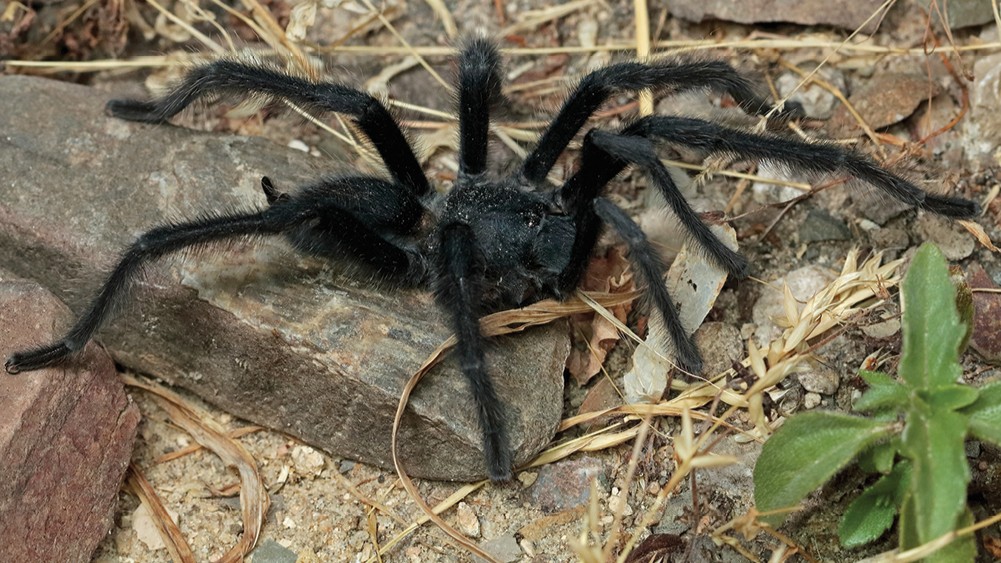
The males of four newfound tarantula species have extremely long genitalia so that they can keep their distance from aggressive females during mating, researchers say.
Viewed by
You are the first to view
Record-Setting Tarantulas Boast Longest Sex Organs to Avoid Getting Eaten by Females - Gizmodo
8/8/25 at 3:20am

In the world of spiders, when it comes to male sex organs, size really does matter.
Viewed by
You are the first to view
Novel assembly of a head–trunk interface in the sister group of jawed vertebrates - Nature
8/8/25 at 5:38pm
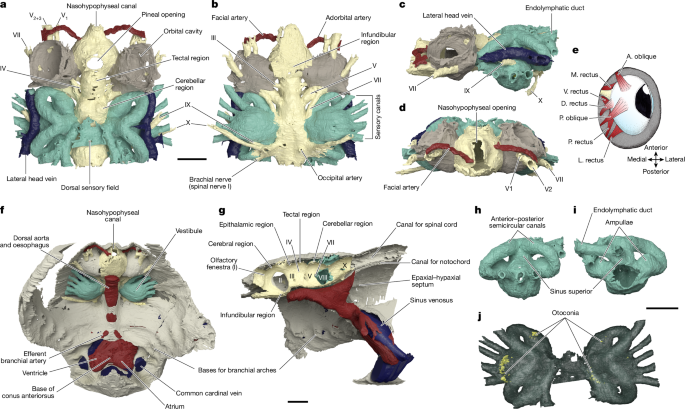
Imaging of a Devonian jawless fish reveals advanced features previously thought to be exclusive to jawed vertebrates, challenging the idea that jaws were the primary driver for the evolution of derived traits in the vertebrate body plan.
Viewed by
You are the first to view
Scientists achieve direct measurement of quantum metric tensor in black phosphorus - Phys.org
8/8/25 at 3:20am

Quantum distance refers to a measure of quantum mechanical similarity between two quantum states. A quantum distance of one means that the two quantum states are the same, whereas a quantum distance of zero implies that they are exactly the opposite. Physicis…
Viewed by
You are the first to view

Happy 13th birthday to the Curiosity rover, which landed on Mars on August 6, 2012.
Viewed by
You are the first to view
Google’s ‘Genie 3’ Interactive Generative Video Model Takes Us One Step Closer to the Holodeck - Road to VR
8/8/25 at 5:38pm
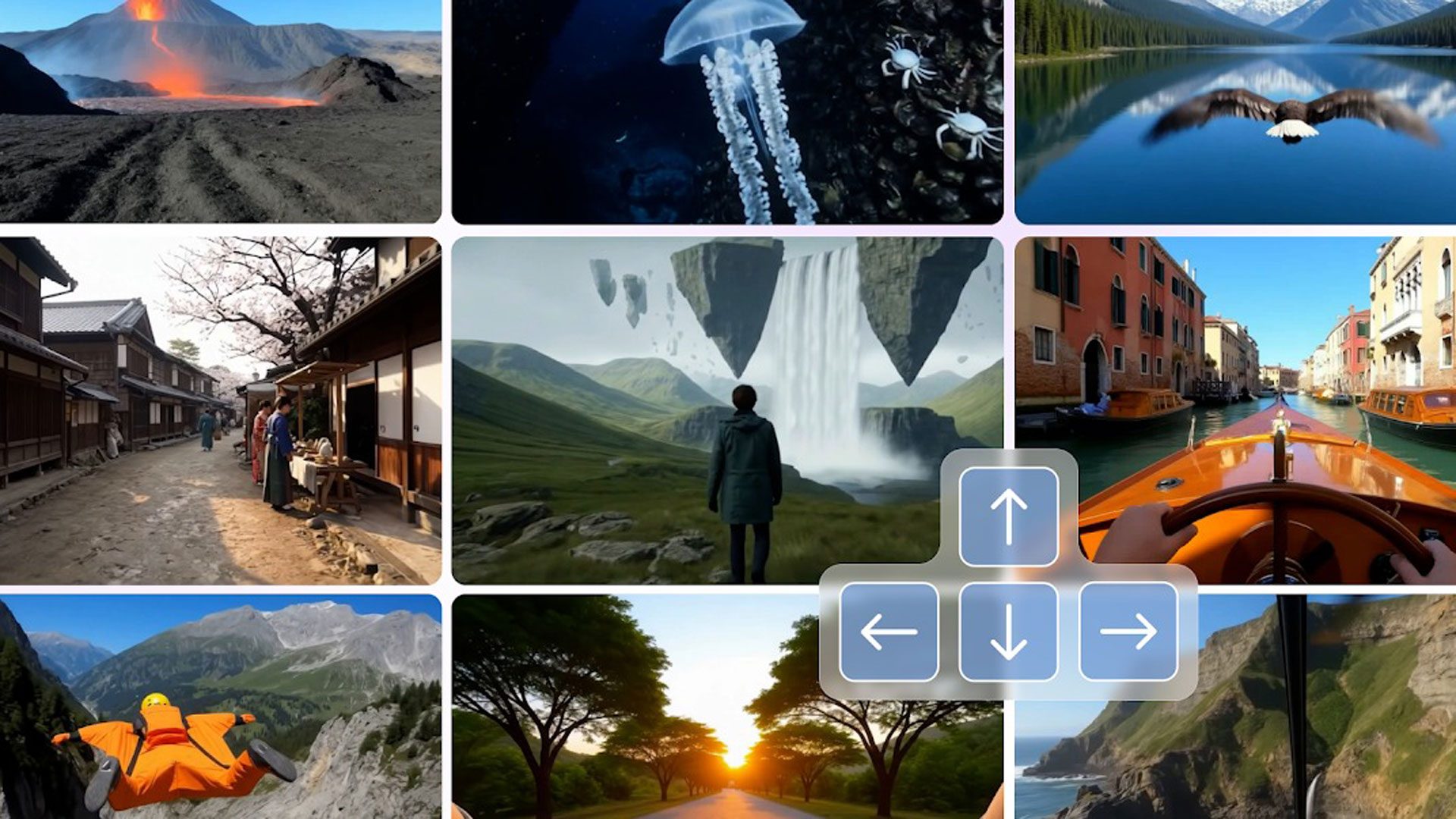
DeepMind, Google’s AI research lab, announced the release of Genie 3, a new AI system capable of generating interactive virtual environments in real-time—and bringing us one step closer to the Holodeck. Google says in a DeepMind update that with a simple text…
Viewed by
You are the first to view

: Communication problems for recently launched small satellites
Viewed by
You are the first to view
China wants to return samples from Mars. Will there be any international cooperation? - Space
8/8/25 at 3:20am

International oversight would reduce risks, but could be "a politically sensitive and contentious matter."
Viewed by
You are the first to view
Groundbreaking TTV Discovery Unveils Potentially Habitable Super-Earth - The Daily Galaxy
8/8/25 at 3:20am

Astronomers have discovered Kepler-725c, a potentially habitable super-Earth in the habitable zone of a Sun-like star.
Viewed by
You are the first to view
Did UV Rays Doom Neanderthals? - The Wall Street Journal
8/9/25 at 11:59am

A key to humans’ survival might have been sunscreen, tailored clothing
Viewed by
You are the first to view
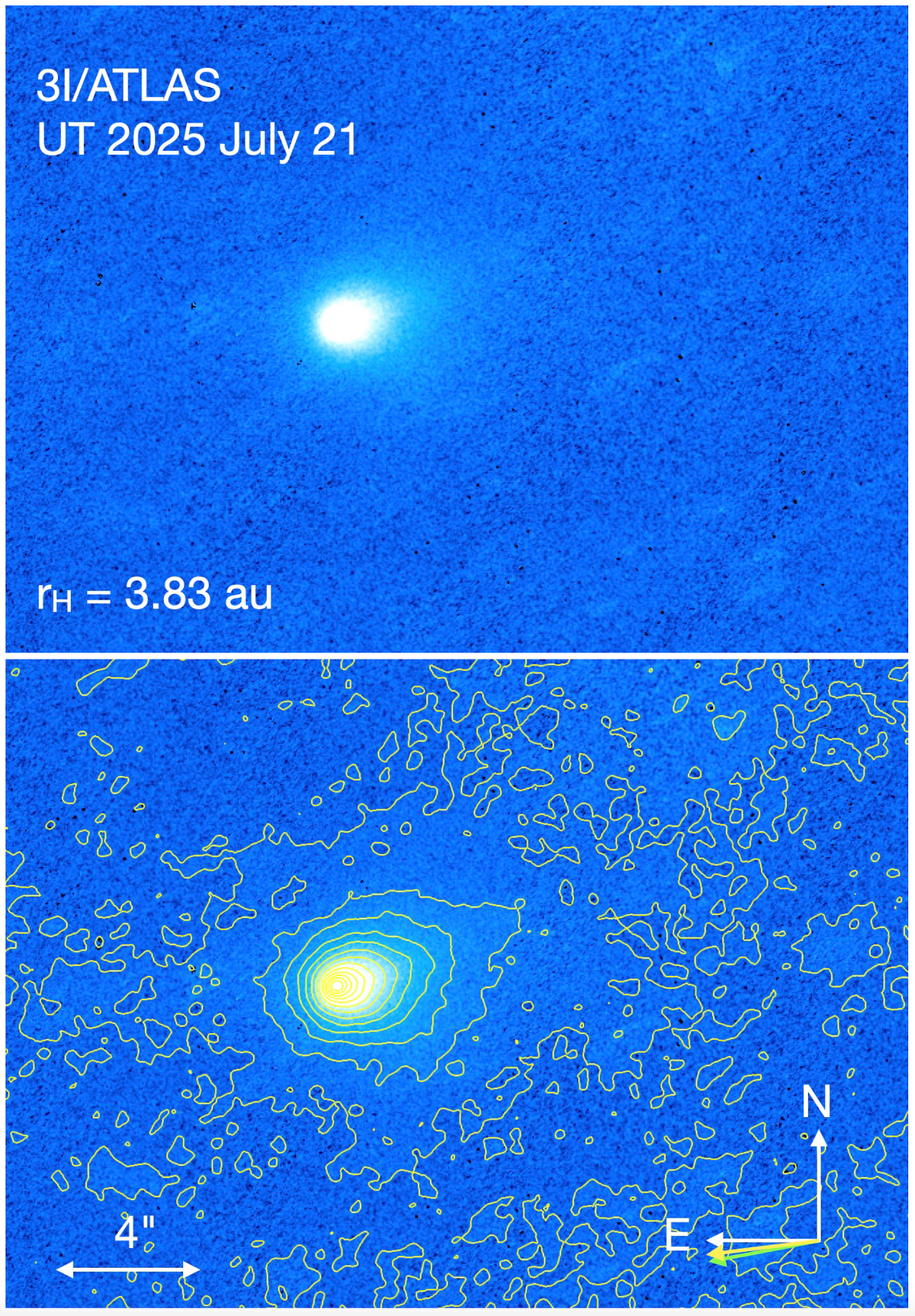
Today, two new papers about 3I/ATLAS were posted online. The first (accessible here) shows the spectrum of 3I/ATLAS, taken the 4.1-meter…
Viewed by
You are the first to view
Researchers discover universal rules of quantum entanglement across all dimensions - Phys.org
8/8/25 at 3:20am

A team of theoretical researchers used thermal effective theory to demonstrate that quantum entanglement follows universal rules across all dimensions. Their study was published online in Physical Review Letters.
Viewed by
You are the first to view
An "Encounter" With Something From Outside Our Solar System May Have Cooled Earth In A Big Way - IFLScience
8/9/25 at 11:59am

It's possible our movement through the galaxy may affect our climate.
Viewed by
You are the first to view
Curiosity rover celebrates 13 years on Mars with well-deserved naps and Red Planet 'coral' - Space
8/7/25 at 8:52pm

"It's as if our teenage rover is maturing, and we're trusting it to take on more responsibility."
Viewed by
You are the first to view

ESA’s Hera mission has captured images of asteroids (1126) Otero and (18805) Kellyday. Though distant and faint, the early observations serve as both a successful instrument test and a demonstration of agile spacecraft operations that could prove useful for p…
Viewed by
You are the first to view
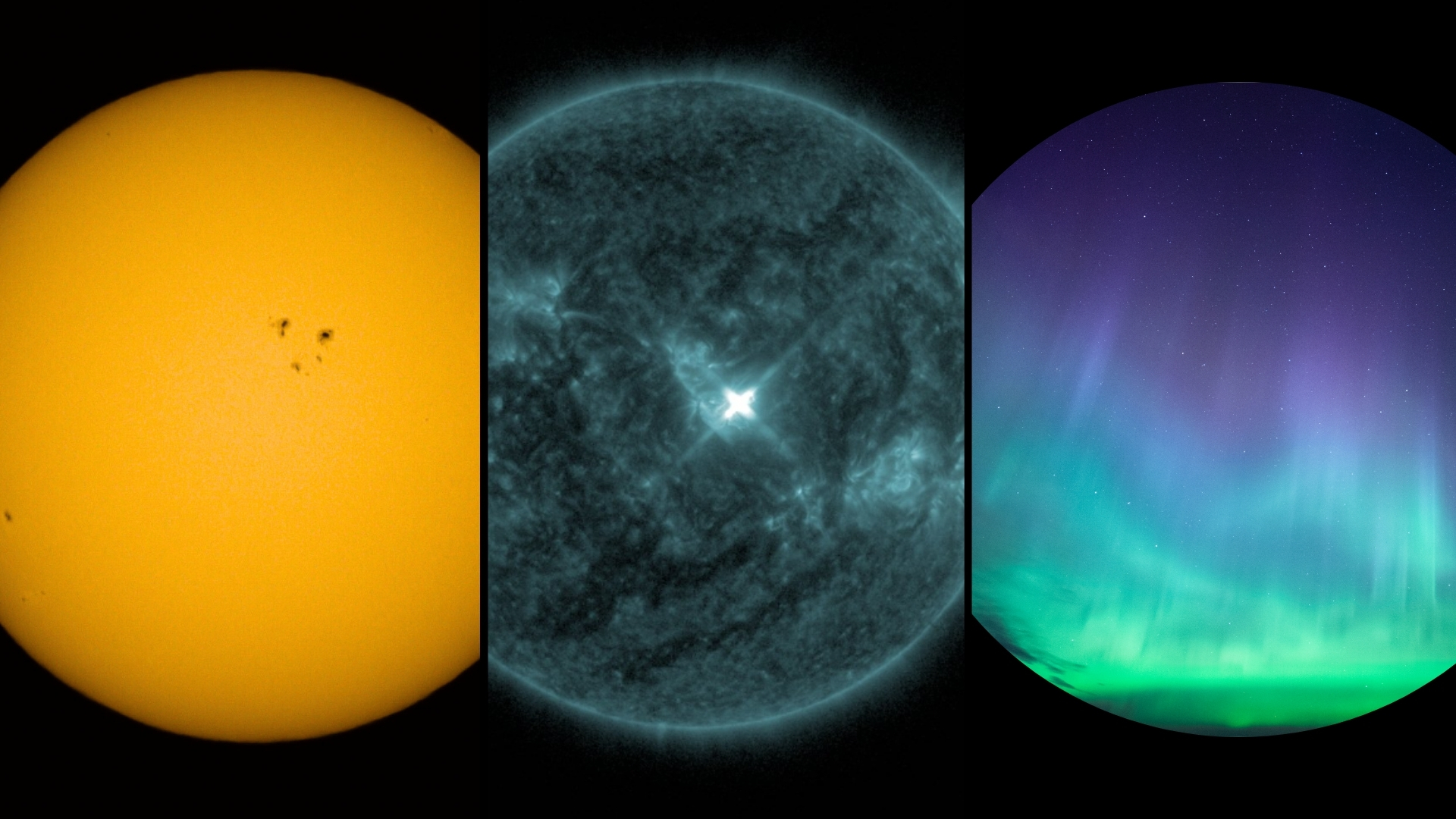
The M4.4 solar flare unleashed a coronal mass ejection (CME) into space — and Earth might just receive a glancing blow.
Viewed by
You are the first to view
US finds missing particle that makes quantum computing fully possible - Interesting Engineering
8/8/25 at 5:38pm

Researchers at the University of Southern California turn to an overlooked type of anyons to remove the fragility of qubits.
Viewed by
You are the first to view
Living to 1,000? This Scientist Says There’s Just One Key Piece Missing to Make It a Reality - The Daily Galaxy
8/8/25 at 3:20am

A British scientist claims humans could one day live for 1,000 years—if we undo a genetic legacy dating back to the time of dinosaurs.
Viewed by
You are the first to view
China Is Digging a 10,000-Meter Hole Into the Earth—And Their True Motive Might Surprise You - The Daily Galaxy
8/8/25 at 3:20am

China is drilling one of the deepest holes ever attempted—down to 10,000 meters—through layers of Earth's crust untouched for millions of years.
Viewed by
You are the first to view
Scientist Makes Robot Crab Wave At Fiddler Crabs, Then Watches “Wavy Dave” Get Dismantled - IFLScience
8/8/25 at 3:20am

A tale of deception, tragedy, and some really interesting science.
Viewed by
You are the first to view
An icy supervolcano eruption on Pluto may have left a massive crater on the frozen world - Space
8/8/25 at 3:20am
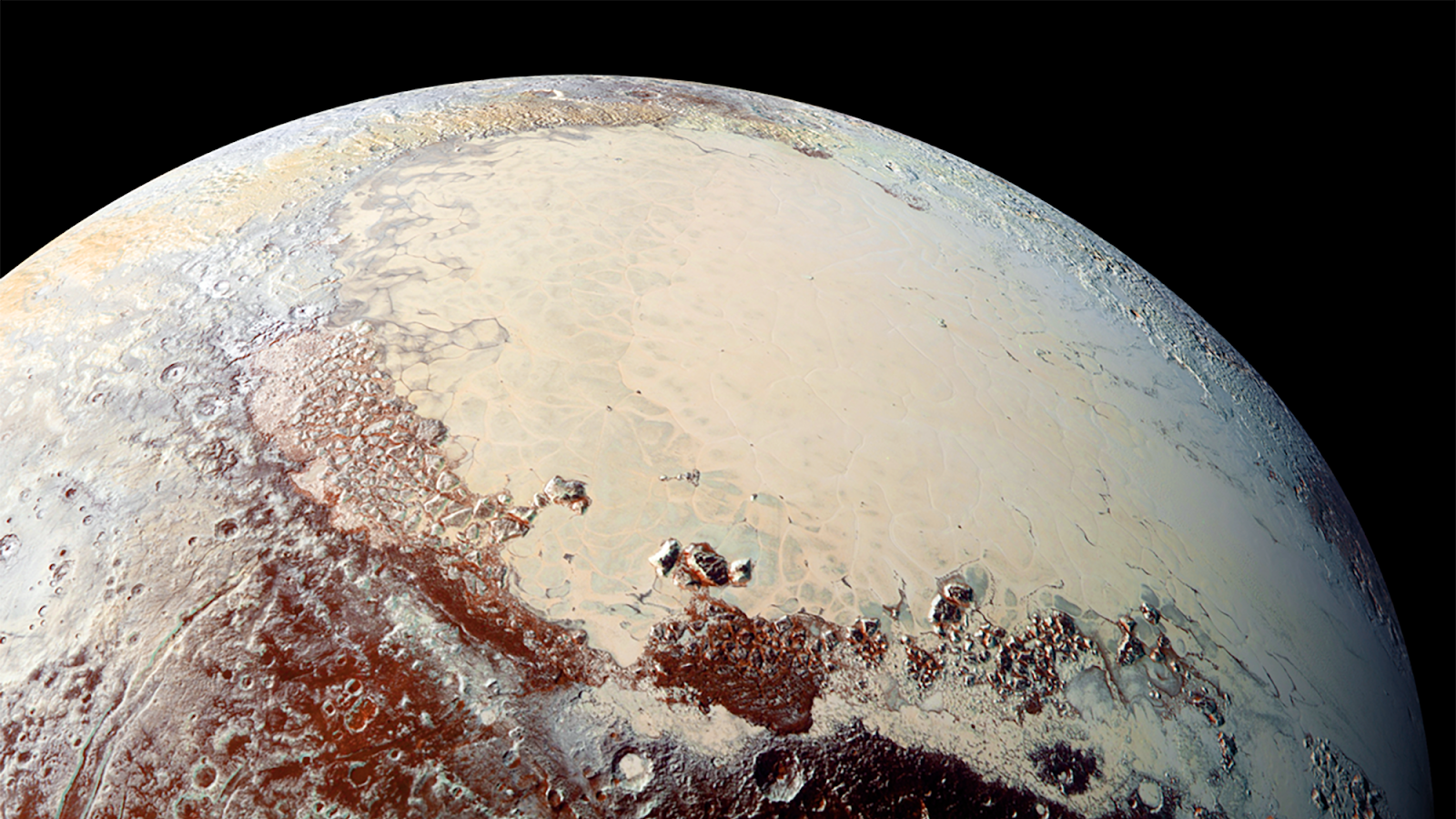
The caldera may have blasted out its cryomagma in a single explosive event, or it may have spread its eruptions over time.
Viewed by
You are the first to view
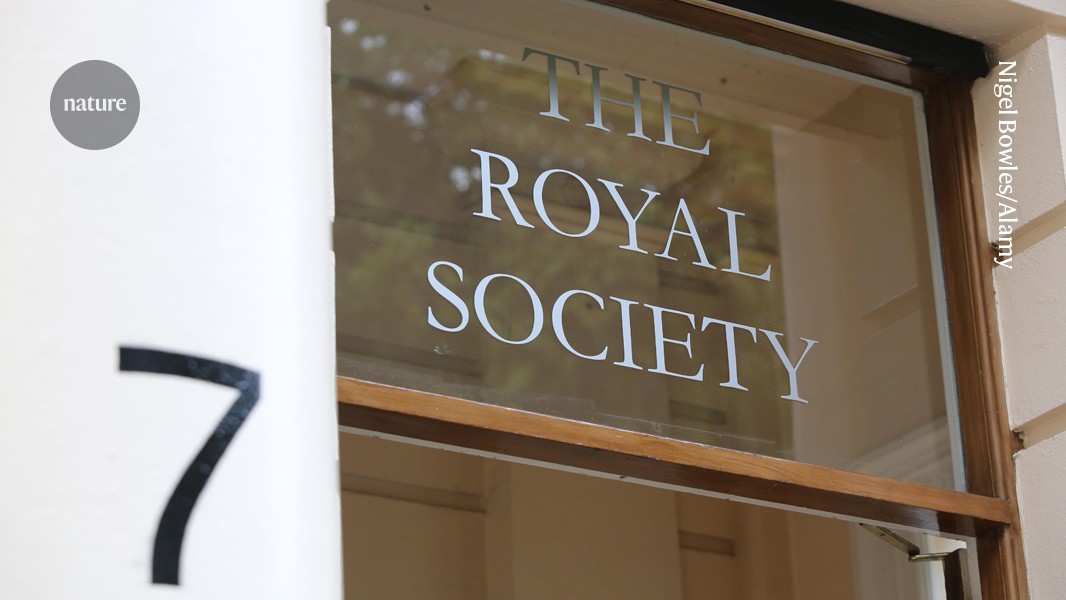
Eight of its journals will publish papers open-access each year they earn sufficient library revenue.
Viewed by
You are the first to view